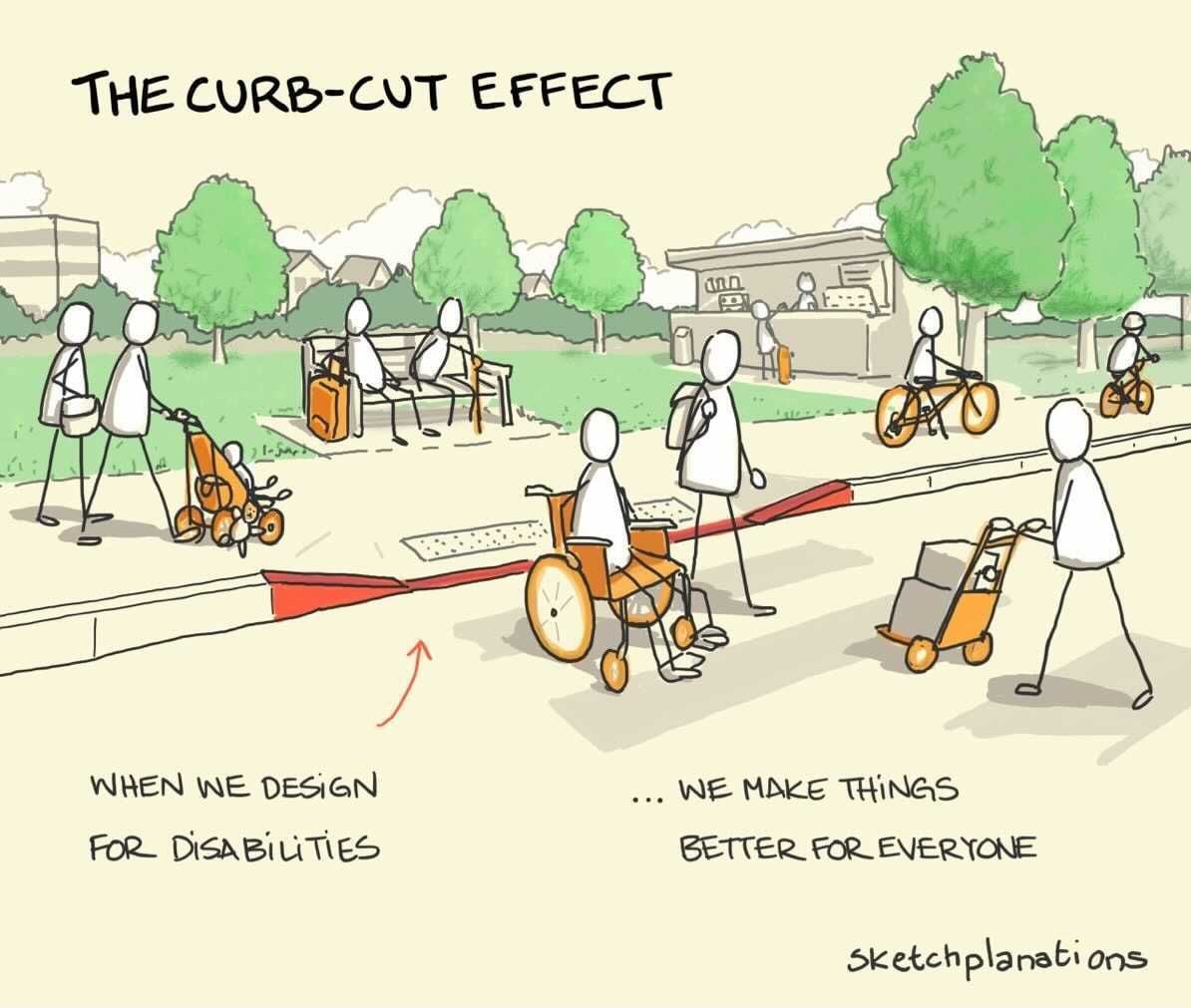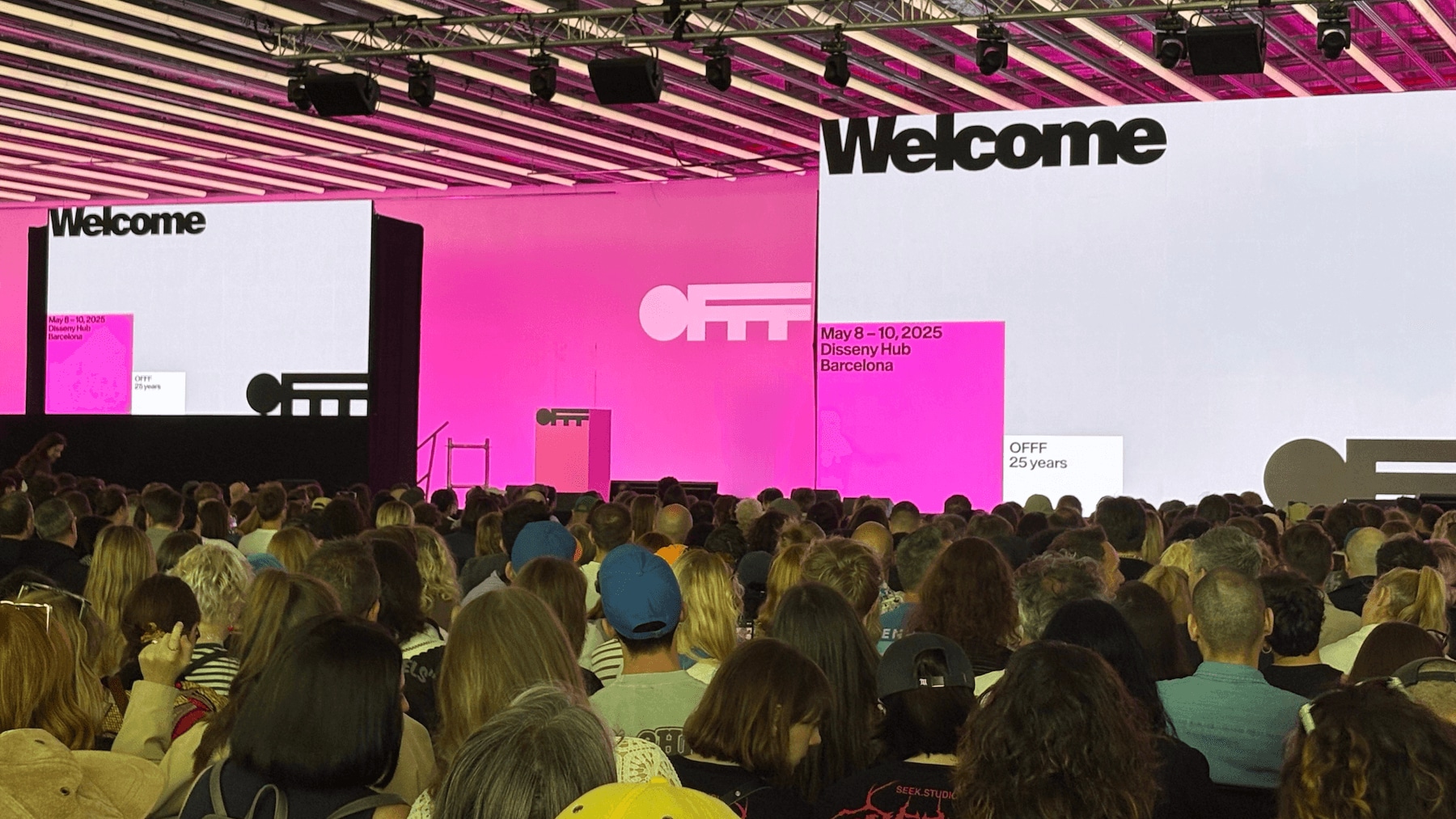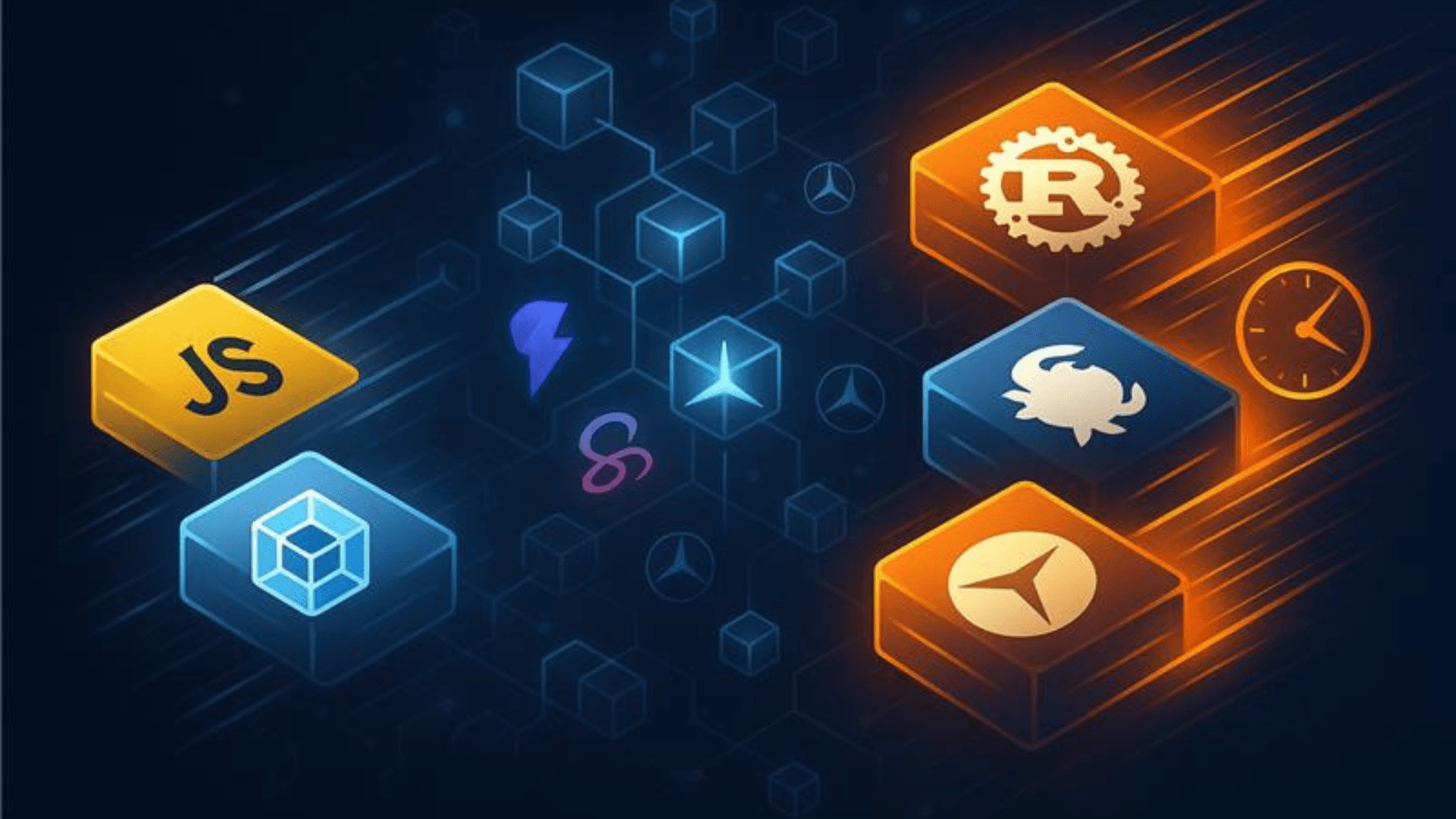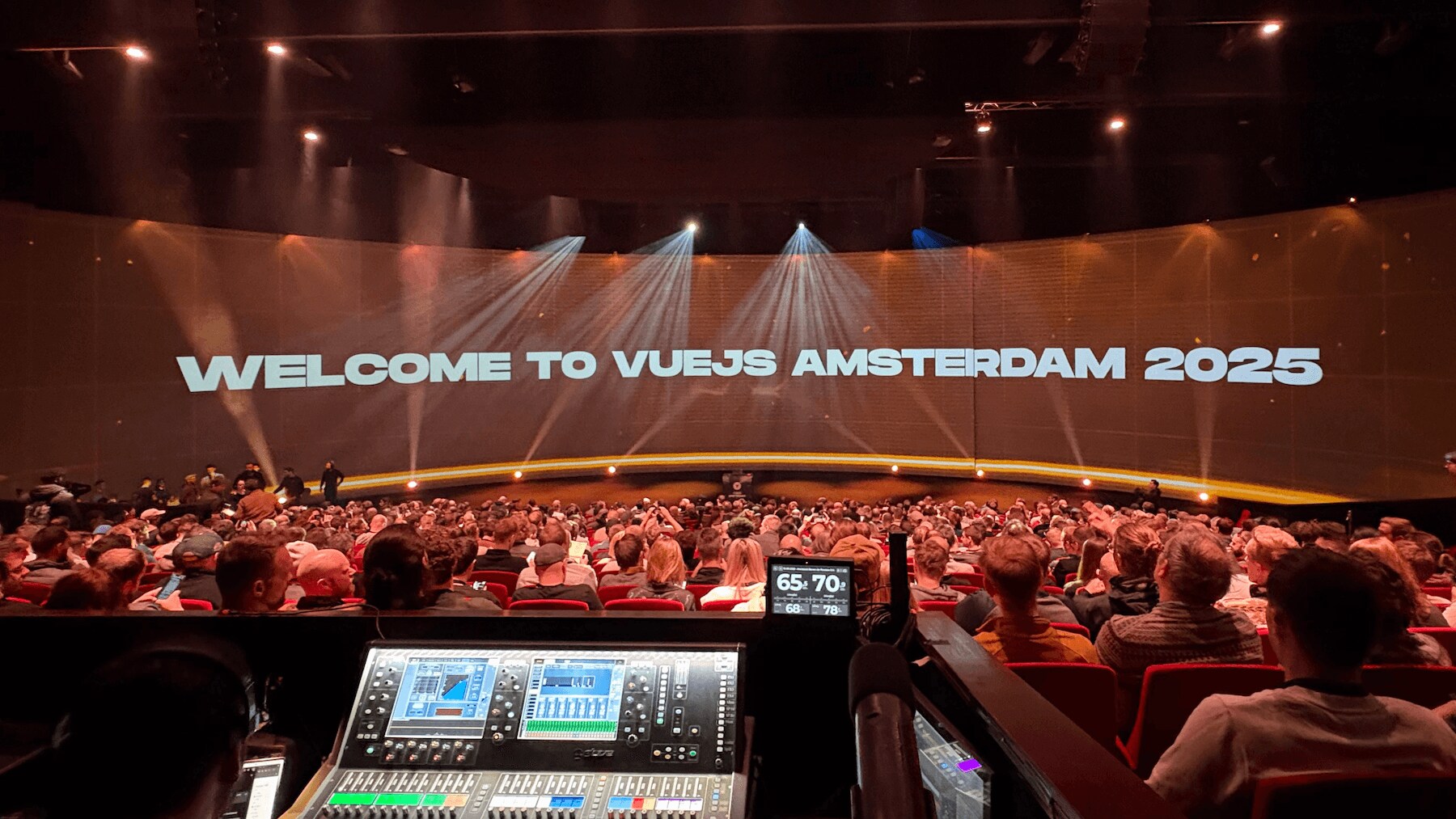
Accessibility Isn’t a Barrier. It’s a Bridge.
At Mercedes-Benz.io, we often talk about building meaningful experiences. We pride ourselves on designing user journeys that feel intuitive, purposeful, and, most of all, human. But for those experiences to truly matter, they need to be accessible. To everyone.
Accessibility, or A11Y (a numeronym that shortens the 13-letter word by placing the number of letters between the first and last: A-11-Y ), refers to designing digital products and services that can be used by people with a wide range of abilities and disabilities. It means ensuring content is perceivable, operable, understandable, and robust — for all users. That includes making sure a website or app is compatible with assistive technologies like screen readers, as well as being easy to navigate and understand for people with cognitive, motor, or visual impairments.
And for companies operating in the European market, accessibility is no longer just a best practice, it’s a legal requirement. With the European Accessibility Act, the final compliance deadline is set for 2025. That means businesses will be expected to meet strict accessibility standards across their digital touchpoints - from websites to mobile apps to self-service terminals.
To understand why this shift matters, not only for users but also for our teams and the business, we spoke to two MB.ioneers helping to drive the conversation forward: Pedro Reis, our Frontend Developer/Architect, and Simon Truckenmüller, principal UX Design.
Contents
Designing for Everyone (Yes, Everyone)
“Accessibility is mainly about people,” Pedro says. “Different people and different histories being able to experience the web — and life — in the same way, or as similar as possible.”
That shift in framing is essential. We often associate accessibility with disability — but it’s much broader than that. It’s about permanent, temporary, and situational limitations. It’s about being able to read a screen in sunlight. Navigate a form with one hand. Understand a layout when your attention is divided.
Pedro adds:
It’s not about being perfect. It’s about making it easier for someone else to feel seen, supported, and included. When we build for real people, we build better by default.
The key insight? Accessibility doesn’t restrict design. It improves it. It challenges us to think more broadly about how people interact with technology — and what’s standing in their way.
More Than a Moral Imperative
It’s easy to say accessibility is “the right thing to do.” And it is. But it’s also the smart thing to do. “Accessibility leads to better UX,” Pedro explains. “Which improves retention, lowers bounce rates, and increases conversions — metrics every business cares about.”
Simon adds:
“Ignoring digital accessibility is ignoring revenues.”
The connection is clear. Accessible interfaces are clearer. Accessible content is easier to navigate. Accessible services are more usable — by more people. And when something is easier to use, people are more likely to stick around, come back, and recommend it.
It’s the digital version of the curb-cut effect — the sidewalk ramps built for wheelchair users that ended up benefiting everyone from parents with strollers to delivery workers. The same principle applies to product design. When you build for access, everyone benefits.

The Real Work: Making It a Habit
But good intentions aren’t enough. Accessibility isn’t something we tack on at the end — it’s something we need to build into our ways of working. And that takes effort.
Pedro reflects on the road to getting accessibility prioritised in engineering teams by explaining that “We had to fight for it. It was always in competition with other priorities — new features, tech debt, release pressure. But when you shift the conversation to the impact on real users, it starts to land differently.”
He shares how even small moments — like a discussion about ordered vs. unordered lists — can have a real impact for screen reader users:“These things seem small. But if someone can’t navigate your content, that’s the difference between inclusion and exclusion.”
Simon emphasises the importance of integrated responsibility by stating that “Accessibility is holistic. Designers need to know WCAG. Developers need to build semantic HTML. Content teams need to write with clarity and consider assistive formats. And leadership needs to understand that doing it after shipping is expensive.”
Pedro adds that building accessibility into day-to-day work takes a mix of advocacy, structure, and empathy, “We need to make it easy to do the right thing. That means standards, support, and mentoring — and also openness to learn and unlearn.”
Looking Ahead
So, where do we go from here?
Simon believes in role-specific enablement — tailored guidance for designers, developers, content teams, and beyond. Pedro highlights the power of mentoring, open discussions, and a culture of shared ownership.
The vision is clear: accessibility as a natural part of how we design, build, and deliver — not a requirement, but a reflex. And maybe that’s the real takeaway. At Mercedes-Benz.io, accessibility is not just a principle — it’s a practice. One that makes our products better, our teams stronger, and our impact broader. While Pedro sums it up by saying “It’s not an extra. It’s how we build products for people — all people.”, Simon reinforces that:“Accessibility is not a curse. It’s a chance to come closer to all of our customers.”
For the rest of the world, it’s a chance to remind ourselves why we build what we build in the first place: to make technology work for everyone.
Related articles

Catarina Marques, Mariana Pereira
What OFFF Barcelona Taught Us About Design, Emotion, and Creative Risk
Every year, OFFF Barcelona gathers some of the boldest, brightest, and most unapologetically creative minds in the design world. It’s a space where visual artists, designers, and storytellers connect; not just through stunning work, but through the philosophies and emotions behind it.
May 30, 2025

Bernardo Oliveira
How can modern tooling save Mercedes-Benz.io engineering time?
In today's fast-evolving JavaScript ecosystem, modern tooling plays a pivotal role, influencing not just how we code but how much time and money we spend doing it.
May 16, 2025

Porfírio Ribeiro, Thiago Martins
What Vue.js Amsterdam Taught Us About Tech, Community, and Growth
Every year, Vue.js Amsterdam gathers developers from around the world for two days of talks, learning, connection, and lots of fresh energy. It’s a chance to zoom out from day-to-day tasks and dive into what’s shaping one of the most loved JavaScript frameworks — and this year, a few of our MB.ioneers were there to experience it firsthand.
May 9, 2025